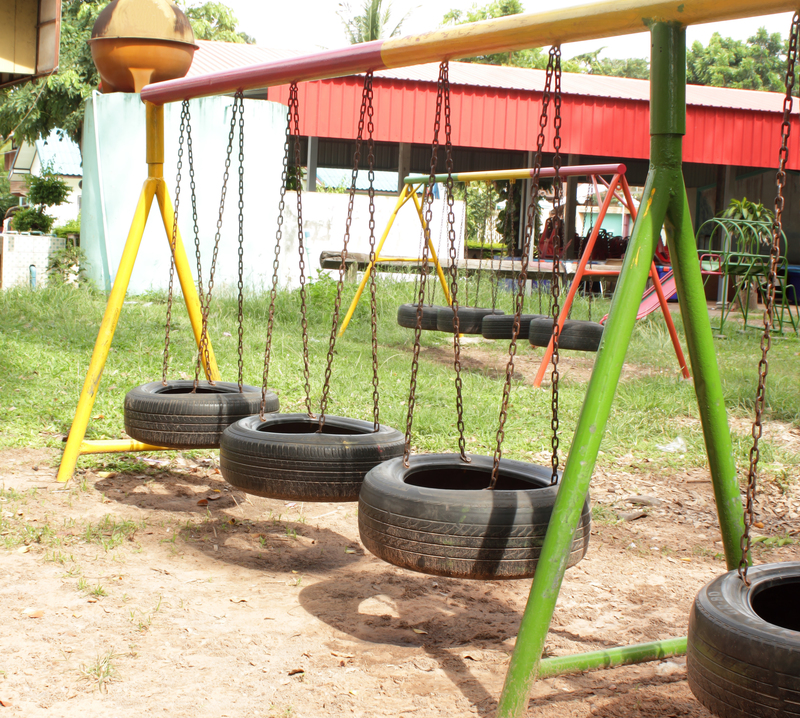How to Use Less Single-Use Plastic
Posted on 17/12/2024
Single-use plastic products, once hailed as a convenience, have fast become one of the most pressing environmental issues worldwide. From grocery bags to straws, these items are used briefly and discarded, often ending up in landfills or oceans where they persist for hundreds of years. Reducing our reliance on single-use plastics is crucial for preserving the environment and mitigating the adverse impacts of plastic pollution.
Understanding the Impact of Single-Use Plastic
Plastic is ubiquitous due to its durability and low cost, but its environmental footprint is enormous. Scientists estimate that around 8 million metric tons of plastic end up in the oceans each year. This plastic breaks down into microplastics that contaminate water sources and enter the food chain, posing risks to marine life and human health. By 2050, it is predicted that the ocean will contain more plastic by weight than fish if current trends continue.
Addressing this issue requires a collective effort to reduce single-use plastic consumption. Understanding the interplay between consumer behavior, industry practices, and policy enforcement is vital for creating a sustainable solution.

Simple Changes to Use Less Single-Use Plastic
1. Carry Reusable Bags
One of the most effective ways to reduce single-use plastic is by substituting plastic bags with reusable alternatives. Cloth, jute, or thick plastic bags designed for multiple uses can dramatically cut down the waste generated from shopping trips. Many stores now offer discounts for customers who bring their own bags, providing both an economical and environmental incentive.
2. Ditch Plastic Straws
Plastic straws are among the most frequent single-use items found in marine debris. Opting for alternatives such as metal, bamboo, or paper straws can make a significant difference. Many establishments have started providing biodegradable options or encouraging patrons to go straw-free altogether. Keeping a reusable straw in your bag ensures that you always have an eco-friendly option on hand.
3. Use Refillable Water Bottles
Plastic water bottles are another major contributor to waste. Switching to a refillable stainless steel or glass bottle reduces the demand for plastic and can keep your beverages hot or cold for longer periods. Many public places and businesses now have water refill stations, making it convenient to maintain this habit.
4. Avoid Plastic Cutlery
Fast food and takeout often come with plastic utensils and containers. Carrying a set of reusable cutlery made from metal, bamboo, or other sustainable materials can minimize your reliance on single-use options. Keep a small, portable kit in your bag or car for meals on the go.
Adopting Sustainable Lifestyle Practices
1. Buy in Bulk
Purchasing items in bulk reduces the amount of packaging material required for individual products. Stores that offer bulk goods usually allow or encourage customers to bring their own containers, further cutting down on waste. Items such as grains, beans, and nuts are commonly available in bulk, and this practice often proves to be more economical.
2. Choose Products with Minimal Packaging
Be mindful of the packaging when you shop. Products with excessive plastic packaging contribute more to environmental degradation. Whenever possible, opt for items packed in biodegradable or recyclable materials. Some brands provide packaging-free options, allowing you to use your own containers.
3. Support Companies That Prioritize Sustainability
More businesses are becoming aware of their environmental impact and are making efforts to reduce plastic usage. By supporting companies that prioritize sustainability and use eco-friendly packaging, you contribute to a broader shift in market demand. Encourage brands to maintain or adopt such practices by providing constructive feedback and supporting their initiatives.
Community and Policy Advocacy
1. Participate in Local Clean-Up Efforts
Joining local clean-up drives or organizing one in your community can help remove existing plastic waste from natural areas. These activities raise awareness and encourage community members to be more conscious of their plastic consumption and disposal habits.
2. Advocate for Policy Changes
Policy changes at local, national, and global levels can significantly curb plastic pollution. Support or campaign for laws that limit the production and use of single-use plastics. Policies such as plastic bag bans, taxes on plastic products, and mandatory recycling programs have shown promising results in various regions.
3. Educate Others
Education is a powerful tool for driving change. Share tips and information about reducing single-use plastic with your friends, family, and social network. Encourage schools, workplaces, and community groups to take initiatives toward minimizing plastic use. Knowledge and dialogue can inspire collective action.

Innovative Alternatives to Single-Use Plastic
1. Biodegradable Plastics
These are designed to decompose more quickly than traditional plastics under specific conditions. Made from natural materials like cornstarch, biodegradable plastics present a promising alternative. However, it's important to note that not all biodegradable plastics decompose effectively in all environments; proper waste management systems are essential.
2. Edible Packaging
Innovative companies are developing packaging solutions that are safe to eat. Made from various food ingredients, these packaging materials aim to reduce waste and offer a novel solution. While not yet mainstream, edible packaging represents an exciting frontier in sustainable technology.
3. Reusable Silicone Products
Silicone offers a durable and flexible alternative to many single-use plastic items. Reusable silicone food storage bags, baking mats, and containers can replace their disposable counterparts, reducing everyday waste. Silicone is non-toxic, long-lasting, and withstands high temperatures, making it a versatile option for various uses.
Conclusion
Reducing the use of single-use plastic requires concerted efforts from individuals, communities, businesses, and policymakers. Simple changes in daily habits, coupled with sustainable lifestyle choices, can have a substantial impact. By advocating for policy reforms and supporting innovative alternatives, we can collectively contribute to a greener, plastic-free future.
Whether it's carrying a reusable bag, opting for products with minimal packaging, or participating in local clean-up drives, every small step counts. Embrace these changes and inspire others to do the same, fostering a culture of sustainability for future generations.










